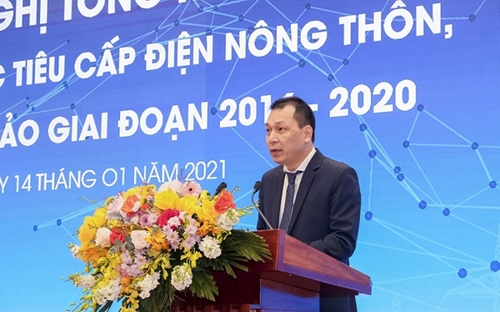According to the Electricity and Renewable Energy (EREA) under the Ministry of Industry and Trade (MoIT), among these households, 153,911 or 0.74 percent have yet to access electricity, while the rest are using unstable power sources.
    |
 |
|
At the conference. Photo: congthuong |
The program will also bring electricity to 2,638 small- and medium-sized pumping stations in 13 Mekong Delta localities, while working to help a number of islands join the national grid or access renewable electricity sources.
On December 13, 2018, the Prime Minister issued Decision 1740/QD-TTg approving the target program. Seventeen communes, with 9,890 villages and 1.05 million households expected to benefit. Specifically, until 2020, the program hoped to supply stable power services to households in the areas from the national power grid, new and renewable power resources with a target of giving power access to almost all rural households.
The total cost of the program was about 30.11 trillion VND (1.3 billion USD) sourced from the central and local budgets, the Electricity of Vietnam, non-refundable ODA, preferential loans.
As heard at the conference, during the five-year period, the program helped all 17 communes access electricity. It granted power access to 204,737 households and five islands.
Speaking at the event, Deputy Minister of Industry and Trade Dang Hoang An said 99.26 percent of rural households had access to electricity as of December 31 in 2019.
An said due to financial limits, the program faces a 81.5 percent shortage of its investment demand and could not fulfil a goal of giving power access to almost all rural households in 2020.
Bui Quoc Hung, deputy head of the EREA, said the investment shortage is about 26 trillion VND for the 2021-2025 period.
He said the MoIT has submitted a plan proposing the use of preferential loans from the World Bank and Asian Development Bank for the program.
Source: VNA